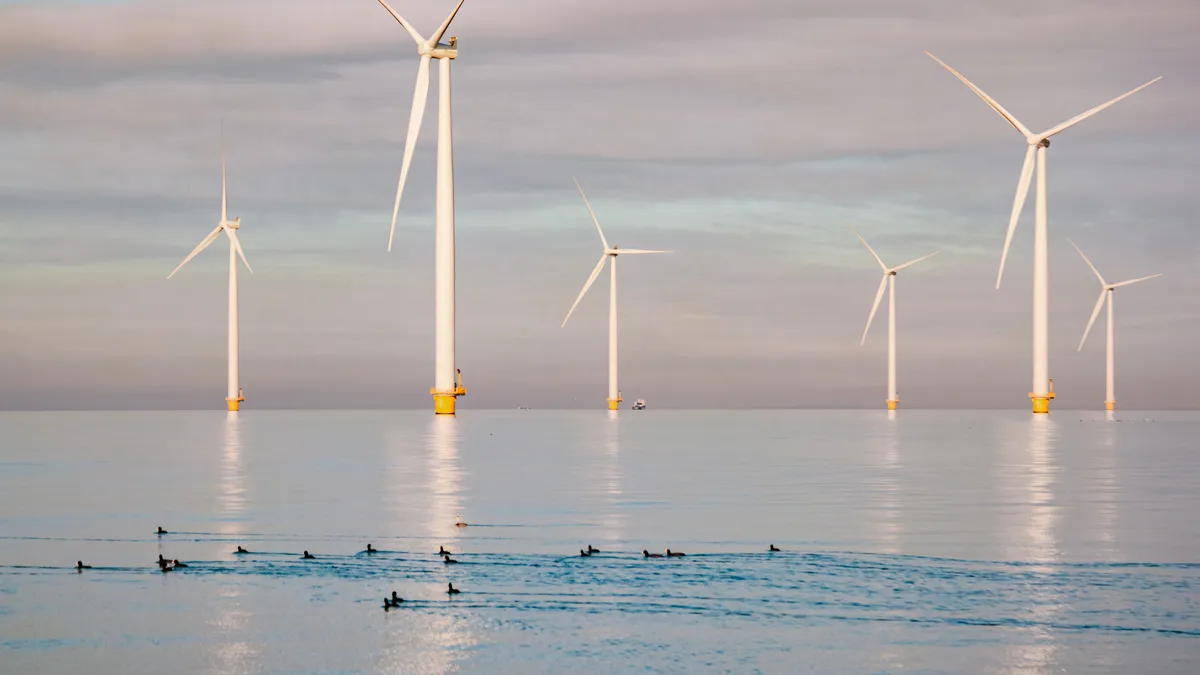Following on the heels of record breaking year, energy storage in 2016 is on track to break through last year’s record.
The year-over-year increase will likely not be as dramatic as 2015’s 243% increase over 2014, but several developments in 2016 show that the storage market is developing in ways that could clear a path for accelerated growth in future years.
In its third quarter, the U.S. Energy Storage Monitor, GTM Research and the Energy Storage Association said they expect the U.S. energy storage market to grow to 260 MW in 2016, up from 226 MW in 2015.
Analysts, however, say that it is not just the size and number of the installations in 2016 that is notable, but the quality and specific characteristics of those installations.
2016 has been a “transition year” for U.S. energy storage, said Brett Simon, energy storage analyst with GTM Research. And Alex Eller, energy storage analyst with Navigant Research, said “2016 has seen a much more diverse energy storage market, both in terms of the types of systems (market segments) being deployed and the business models.” While utility scale installations dominated the market in previous years, Eller said 2016 has seen more progress at all market levels. He pointed to contracts for demand response capacity and utility ownership programs as key drivers in that transition.
In June, for instance, Consolidated Edison, along with SunPower and Sunverge, announced a $15 million pilot program for a virtual power plant.
The project, which is part of New York State’s Reforming the Energy Vision (REV) effort, will outfit about 300 homes in Brooklyn and Queens with leased high-efficiency solar panels and lithium-ion battery energy storage systems as a way of demonstrating possible revenue streams that from could come from energy storage uses such as peak shaving and frequency regulation.
Eller also pointed to Southern California Edison’s selection of Swell Energy to install 20 MWh of storage across 3,000 homes for grid services as an example of an innovative business model that offers residential customers energy systems by aggregating systems and selling the output as a demand resource service to a utility.
In the commercial and industrial market, companies such as Stem and Advanced Microgrid Solutions (AMS) have had success using a similar business model that looks to monetize the benefits of storage for both hosts and utilities.
In October AMS and the Inland Empire Utilities Agency (IEUA), a California water utility, launched a project that will use 3.65 MW of energy storage installed at six IEUA facilities. That is a model also used by Stem, which in August was one of the winners of Con Ed’s auction for demand response capacity under its Brooklyn-Queens Neighborhood Program, which the utility said could result in 22 MW of peak demand reductions in 2018.
Recent changes in California ISO rules, could make even easier for storage to participate as a demand resource tool in the state’s wholesale market.
Some California storage dreamin'
California is at the top of many analysts’ list for the most notable energy storage developments for 2016.
Southern California Edison and San Diego Gas & Electric both won fast track approval for nearly 60 MW of utility-scale storage projects that are designed to alleviate problems caused by the natural gas leak at Aliso Canyon.
SCE awarded Tesla contracts to supply 20 MW (80 MWh) of lithium ion battery storage capacity at its Mira Loma substation near San Bernardino, and SDG&E awarded AES Energy Storage two projects totaling 37.5 MW (150 MWh).
Front-of-the-meter storage deployments slowed in in the first three quarters of 2016, following an interim cap placed on the PJM Interconnection’s Regulation D frequency regulation market, which had driven deployments in 2015. But GTM analyst Dan Finn-Foley said California, with more than 100 MW of storage scheduled to come online in the fourth quarter and in the first quarter of 2017, is set to reverse that trend.
The speed of the Aliso Canyon deployments – some in about six months or less – also is notable, analysts say. That pace was facilitated by a regulatory push and may not be exactly replicable in other settings, but it shows what is possible. “I don’t think the trend is going back to slower deployment,” Christopher Robinson, a research associate at Lux Research, said.
Hybrids take over and longer duration batteries expand
The year is also notable for hybrid projects in which storage is taking on new forms, Matt Roberts, executive director of the Energy Storage Association, said. He cited SCE’s selection of General Electric’s hybrid combination of its LM6000 gas turbine adapted for use with 10-MW battery from Current that will enable the unit to run at minimum loads while maintaining spinning reserves, thus saving fuel, maintenance costs and cutting emissions.
Roberts also cited Duke Energy’s combination of a hybrid Aquion battery and a Maxwell Technologies ultracapacitor at its Rankin substation in North Carolina that will enable the installation to be used for both short and long duration storage needs.
Roberts sees the market for longer duration storage is starting to change, and as more projects require longer durations the market is going to come up with new designs for storage, he said. In the third quarter storage report GTM/ESA predict a sharp increase—284% year over year – in 2016 in terms of storage deployments measured in megawatt hours.
Among the notable projects during 2016, Roberts cited S&C Electric’s 7-MW storage system in Minster, Ohio, built in conjunction with Half Moon Ventures and the local municipal utility, the Village of Minster, and
Indianapolis Power & Light’s (IPL) 20 MW, 20 MWh Harding Street storage facility that is opening up the MISO market single handedly.”
IPL wants the Federal Energy Regulatory Commission to force MISO to revise its rules to better accommodate a wider range of storage technologies.
On the policy front, there are also several proceedings under way, in addition to the one at MISO, that have the potential to reshape the market for energy storage.
Both Roberts and Eller cited a FERC proceeding that is looking at integrating storage into every facet of wholesale markets and Massachusetts release of its State of Charge report that could result in an explicit energy storage for up to 600 MW
Roberts also cited a White House summit being led by the ESA that calls for 1.3 GW of energy storage and $1 billion in total investment in storage.
Investments
It is also shaping up to be a landmark year for investment in energy storage and for merger and acquisition activity.
The GTM/ESA third quarter report noted that corporate investment in energy storage nearly hit $660 million in the third quarter, a five-fold increase from third quarter 2015. “More players are coming into the sector, and there more are on the horizon,” Roberts said.
The report noted that there was $812 million of corporate investment in energy storage in the first three quarters of the year, including $645 million in project financing. The increase, particularly the increase in project financing totals for storage projects, shows “there are more viable places to put projects,” Roberts said.
On the M&A front, there were several notable deals, particularly Tesla Motors acquisition of SolarCity and Total’s $1 billion acquisition of Saft. Robinson at Lux said he expects to see increasing levels of vertical integration going forward as companies look to combine revenue streams and cut costs.
2016 will also likely prove to be a big year in the international energy storage market. UniEnergy Technologies and Rongke Power of China in June announced plans to install one of the largest energy storage facilities in the world, an 800 MWh flow battery, in the Dalian peninsula in northern China. The Vanadium flow battery will provide peak-shaving and enhance grid stabilization.
The year will also mark the emergence of the U.K. as one of the world’s strongest markets for large-scale storage projects, Eller said. He noted the response to National Grid’s enhanced frequency response solicitation garnered awards for over 200 MW with very low prices. And in December, energy storage projects were among the winners in the U.K.’s provisional capacity market, taking contracts for a total of 3.2 GW of storage projects.
Robinson at Lux said that based on the first half of the year, the storage market is “on pace to break some records.”






















